"It's the volts that jolts, but the mills that kills"
Roughly speaking, humans can feel voltage (via muscular contraction) but death comes from milliamps of current passing through the sinoatrial node near the heart.
If you could construct a scenario where you could present a conductive path that includes the sinoatrial node, of resistance less than about 90Ω, to the terminals of a 9V battery, then you might have an electrocution risk. The human blood vessel system with wounds at either end is probably not sufficient. But since the 1930's, experiments of this nature have fallen out of favour so the state of the art is really just a lot of extrapolation.
The state of the art is that <120Vdc is low risk in normal circumstances, but you could still come up with a scenario with electrocution risk. Thus <60Vdc is often used as a safer limit in various worldwide standards. Finally, in particular hazardous scenarios like swimming pools (think of underwater lighting), <25Vdc is required to be considered safe.
9V is considerably lower than this already very low limit, so would take some very special circumstances to present an electrocution risk. But I reckon if you worked hard enough at it, you could kill some very unlucky, highly susceptible, high sodium content individual.
To answer your second question: yes, it is possible to let go and save yourself - electrocution only occurs if the shock coincides with a vulnerable phase (about 10%) of the sinus cycle. At 9V the muscular convulsion would not be enough to render you paralysed, so if you're lucky, you might be able to sense the shock and disconnect before the vulnerable period arrives.

